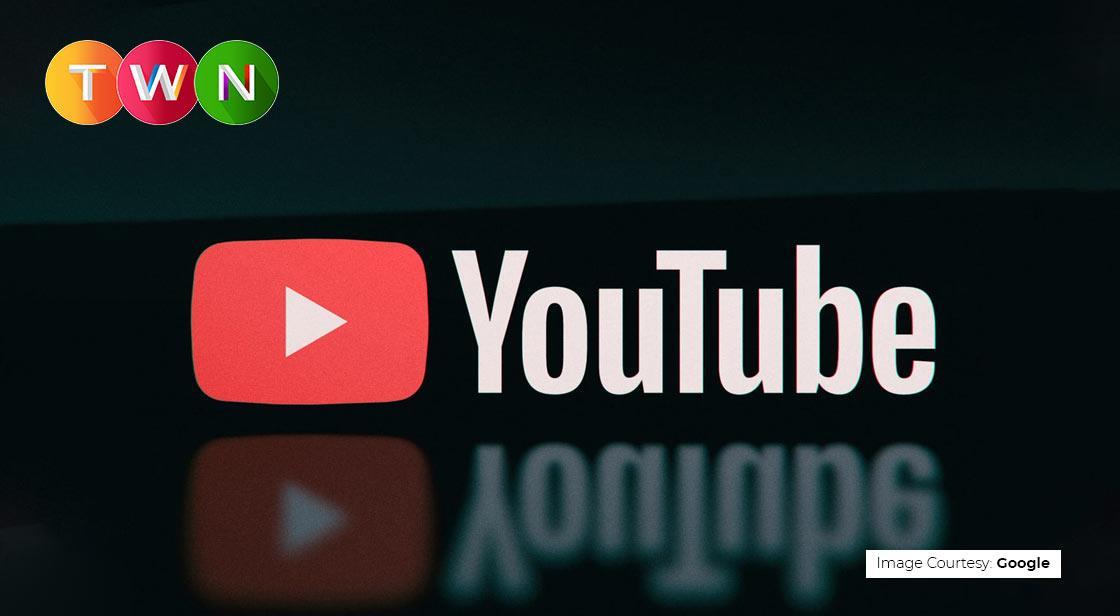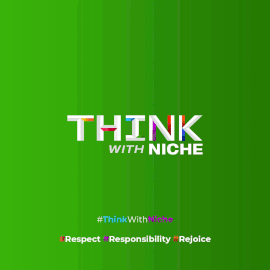YouTube follows Instagram with auto lip-sync feature testing for dubbed videos

News Synopsis
Artificial Intelligence (AI) is revolutionizing the way we create and consume video content online. Platforms like YouTube and Instagram are enabling creators to auto-dub videos in multiple languages, making content accessible to global audiences. Taking this a step further, YouTube is now testing an AI-powered auto lip-sync feature, which aligns speakers’ mouth movements with dubbed audio, creating a more natural viewing experience.
YouTube Launches Auto Lip-Sync for Dubbed Videos
YouTube first demonstrated its auto lip-sync technology a few weeks ago, and the platform has now begun rolling it out to select creators. The announcement was made by Buddhika Kottahachchi, YouTube Product Lead, Autodubbing.
Since its video auto-dubbing launch less than a year ago, over 60 million videos have been dubbed in 20 languages. However, these dubbed videos previously only featured translated audio, without any adjustments to the speaker’s lip movements. With the new lip-syncing feature, AI modifies the speaker’s mouth to match the dubbed voice, making the videos appear more natural and engaging.
How YouTube Lip-Syncing Works
According to Kottahachchi, the technology uses AI to “modify the pixels on the screen to match the translated speech.” While YouTube is slightly behind Meta in launching lip-syncing technology, it supports more languages, including English, Spanish, German, Portuguese, and French.
In comparison, Instagram and Facebook currently limit their translate and lip-syncing feature to just four languages. YouTube plans to expand lip-syncing support to all 20 languages that can be auto-dubbed on the platform in the near future, making it a versatile tool for creators worldwide.
Technical Limitations and Requirements
At present, YouTube’s lip-syncing feature is optimized for 1080p videos and may not be fully compatible with 4K resolution content. However, Kottahachchi assures creators that it should work well with most video uploads, stating, “Generally, it should work with the video resolutions that you upload.”
This makes the feature suitable for a wide range of creators, especially those producing standard HD content, without requiring specialized equipment or video formats.
Availability and Rollout
The lip-syncing feature is being rolled out gradually and is currently available only to select creators. YouTube has not announced a timeline for a broader release. Kottahachchi emphasized that the company wants to observe results from the limited rollout before making it widely available to all users.
This cautious approach is intended to ensure that the feature works effectively across different types of content and does not disrupt creators’ existing workflows.
Addressing Past Concerns
YouTube has previously faced criticism for using AI to modify videos without notifying creators, which sparked debates about transparency and content ownership. By limiting the rollout and focusing on creator control, YouTube aims to build trust and offer creators clear options to use the lip-syncing feature voluntarily.
Implications for Content Creators
For creators, AI-driven lip-syncing presents an opportunity to reach multilingual audiences more effectively, increasing engagement and viewership. Videos can now appear more natural in dubbed languages, improving the overall user experience and potentially driving higher retention rates.
As YouTube continues to expand AI features, content creators can expect more tools that enhance accessibility, localization, and global reach, without compromising on authenticity.
Conclusion
YouTube’s new AI-powered auto lip-sync feature marks a significant step in video content innovation, allowing creators to produce more natural and engaging dubbed videos. While the feature is currently in limited release, it highlights YouTube’s commitment to leveraging AI for enhanced multilingual content creation.
By combining auto-dubbing with lip-syncing, YouTube is bridging the gap between global audiences and creator content, ensuring videos are not only understood but also visually coherent in multiple languages. This makes AI-driven dubbing an essential tool for creators looking to expand their reach worldwide.
You May Like









